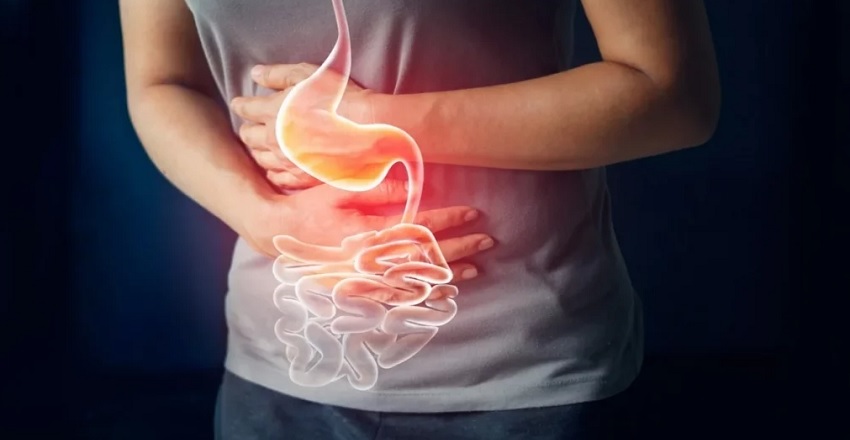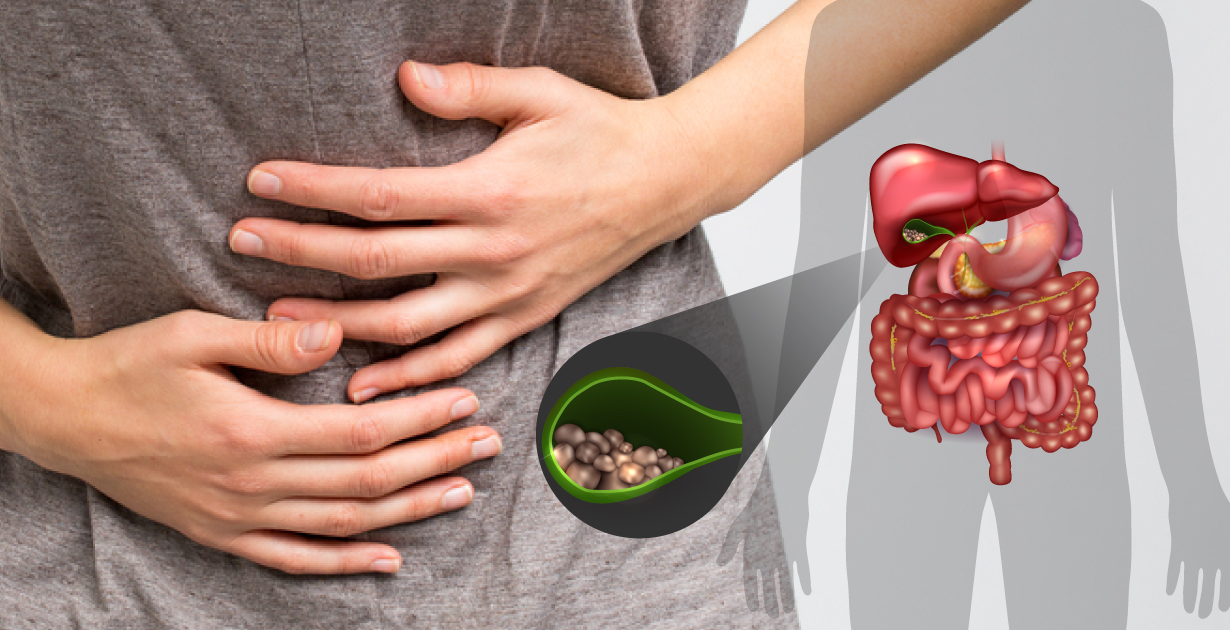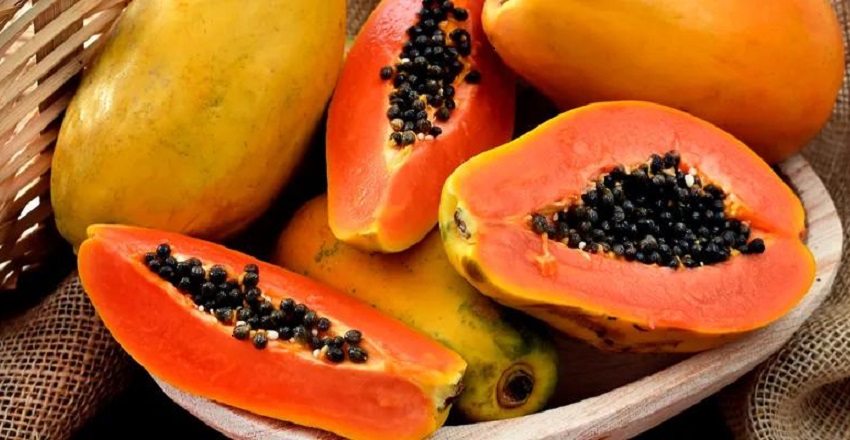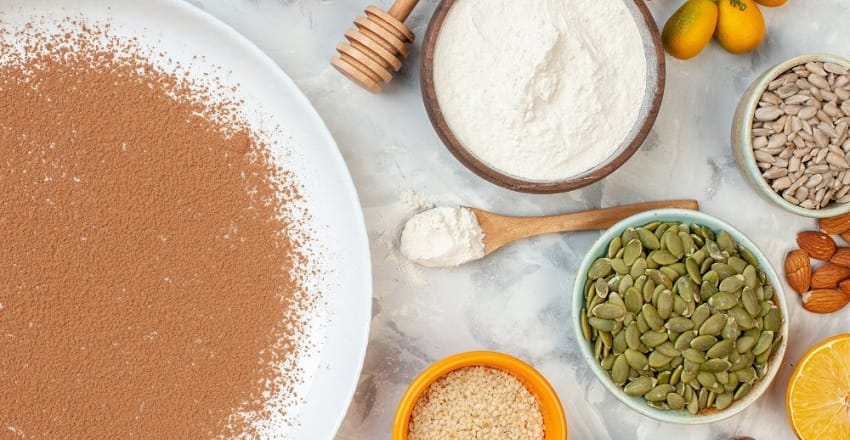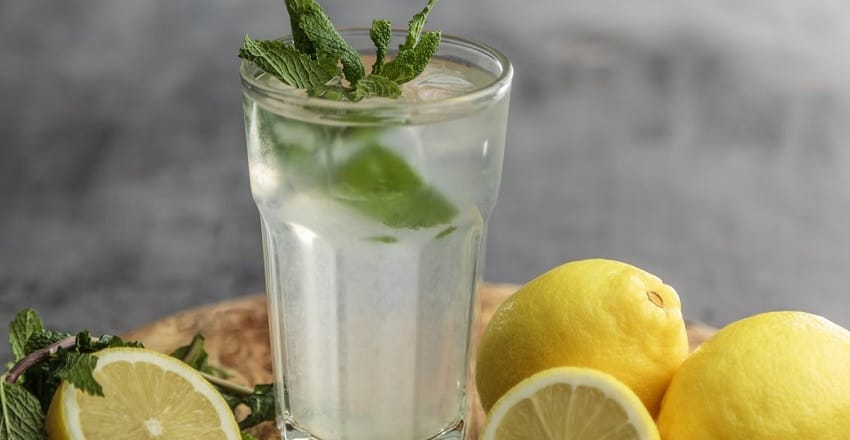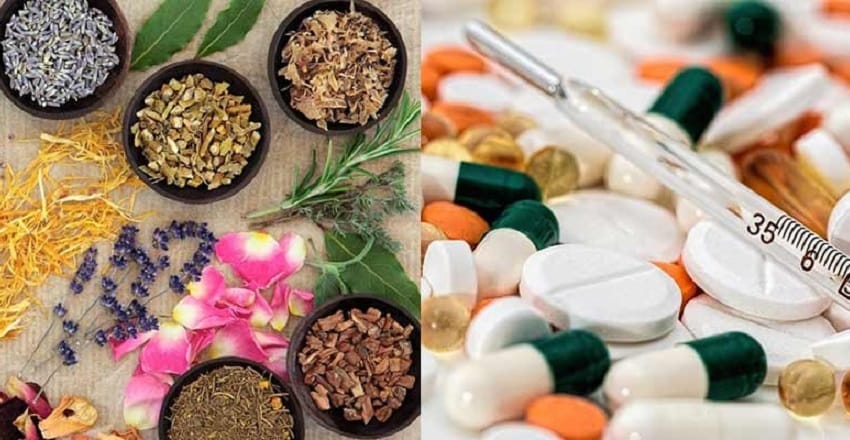In our modern lifestyle, we are often told to save desserts for the end of a meal. But Ayurveda, the ancient science of life, has a completely different perspective. It suggests beginning a meal with madhura rasa — the sweet taste — instead of ending with it. At first glance this may sound unusual, but the reasoning is deeply rooted in the wisdom of digestion, balance of doshas, and nourishment of the body. The Ayurvedic Perspective According to Ayurveda, food is not just fuel — it is medicine. The way we eat is as important as what we eat. Ayurveda classifies all foods into six tastes (Shad Rasa): The sequence of eating these tastes matters because each one impacts our Agni (digestive fire) and the three doshas (Vata, Pitta, Kapha) differently. Why Sweets Come First Easiest to Digest at the Start: Sweet foods are heavy, cooling, and nourishing. When taken first, they meet the body at its strongest digestive point,… Continue reading Why Ayurveda Advises Sweets Before Meals, Not After




